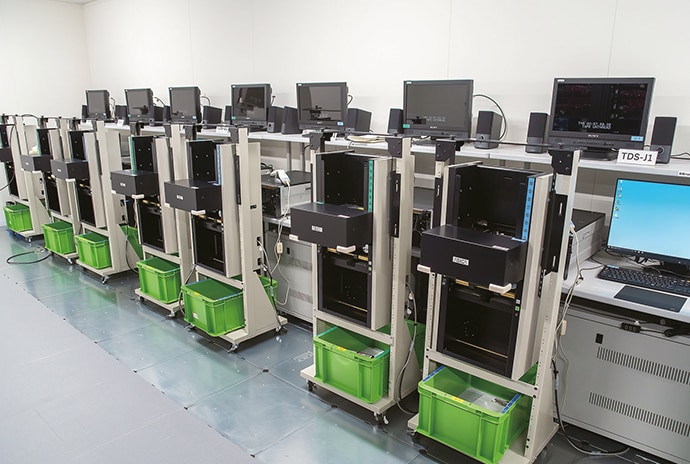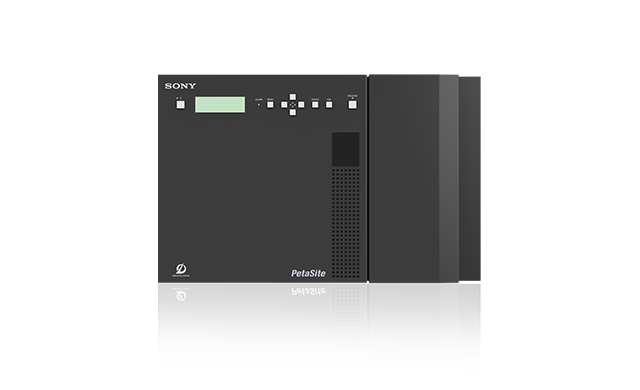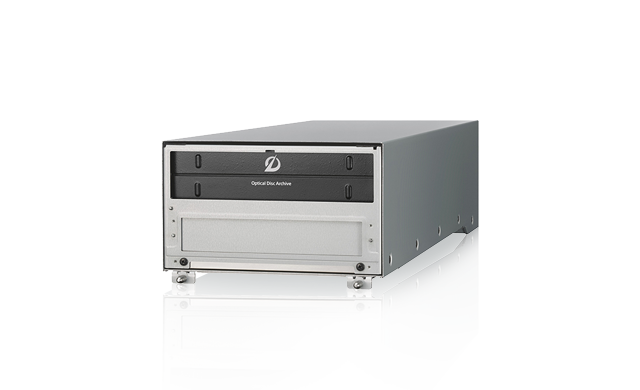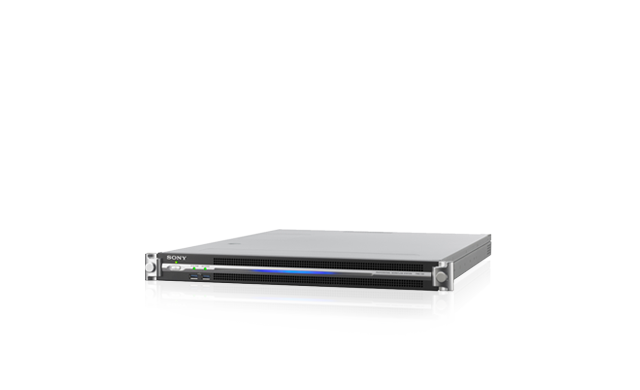TV Asahi migrates tape library to Optical Disc Archive
Japanese broadcaster transfers hundreds of thousands of hours of tape-based video content to ODA, ensuring quicker access and superior long-term reliabilty.

- Broadcaster needed to migrate hundreds of thousands of hours of content from existing videotape (VT) library
- Reluctance to invest in data tape-based archive solution due to slow access and physical wear
- Optical Disc Archive solution based on ODS-L30M PetaSite Library Master Unit
- Autoloader system automates ingest and transfer of VT-based content to ODA library
- Very rapid random access to stored media content for preview and on-air purposes
- Reliable, long-term solution future-proofs stored content for compatibility with future ODA hardware iterations
Contact us for more information
TV broadcaster relocates media library
TV Asahi Corporation is a Japanese television network, established in 1957 and headquartered in Tokyo. Originally the broadcaster hosted media archives at both its main site in Roppongi and at a separate storage facility in Heiwajima, near the coast. Following the devastating earthquake of 2011, TV Asahi decided to relocate these archives to its Wakabadai Media Centre in western Tokyo, where tsunami risks would be avoided.


Managing a major migration project
Prior to shifting its archive to Wakabadai Media Centre, TV Asahi was already in the process of migrating videotapes individually to professional disc using a manual ingest system. This major task represented around 72,000 1/2-inch analogue tape, as well as D-2 tape and other resources.
Learning that support for the HDCAM format would finish in 2023, the broadcaster accelerated plans to implement file-based storage for all its 1/2-inch digital tape assets. This ambitious project targeted the migration of approximately 400,000 HDCAM and other tapes over a five-year period.
TV Asahi quickly understood that this task would be too much for its manual tape ingest system. The broadcaster’s archiving group therefore sought an all-new solution that would offer essential benefits including automated operation, reduced energy consumption, 24-hour operation and a reduction in media costs.
Controlling risk, reducing costs
Key to TV Asahi’s choice of ODA as an archive medium was its reliability compared with data tape. High media capacities mean that the failure of a single backup tape can cause the complete loss of around 100 hours of programming. Subject to physical wear, tapes are hard to repair when they’re damaged. Consequently, relying on tape would have required creating at least two copies of each asset to ensure a reliable, redundant backup solution.

Mr. Shingo Shumuta
Chief of Broadcast Engineering Center, TV Asahi (as of 2018)

Designed for long-term reliability
ODA, in contrast, offers contact-free writing and reading. TV Asahi’s experience had already presented a convincing case that optical media was capable of delivering the required long-term reliability, needing only a single copy of each resource. Over the long term, this indicated not only lower media costs using ODA but also lower total ownership costs compared with tape.
Another disadvantage of data tape as an archive solution is that compatibility is limited to just two generations or less, requiring further migrations going forward. ODA, in contrast, offers deep compatibility – avoiding the need for repeated media migrations and resulting in reduced investment over time. A further factor in favour of optical disc is its ability to access data rapidly. This contrasts with time-comsuming tape searches, making it impractical to rapidly retrieve data when needed for quick preview or broadcasting.
Sony provides total solution
TV Asahi turned to Sony to help manage its entire content migration project at Wakabadai Media Centre. As well as provision of a scalable archive solution based on the ODS-L30M PetaSite Library Master Unit, the one-stop solution offered by Sony includes system operations and maintenance, including image quality assurance of archived material.
The future-proof solution also caters for the broadcaster’s long-term management of its library assets. As ODA media progresses to future generations, TV Asahi will still be able to selectively delete older content when it’s no longer needed, using the disc’s rewritable capability to give capacity for storing future content.












